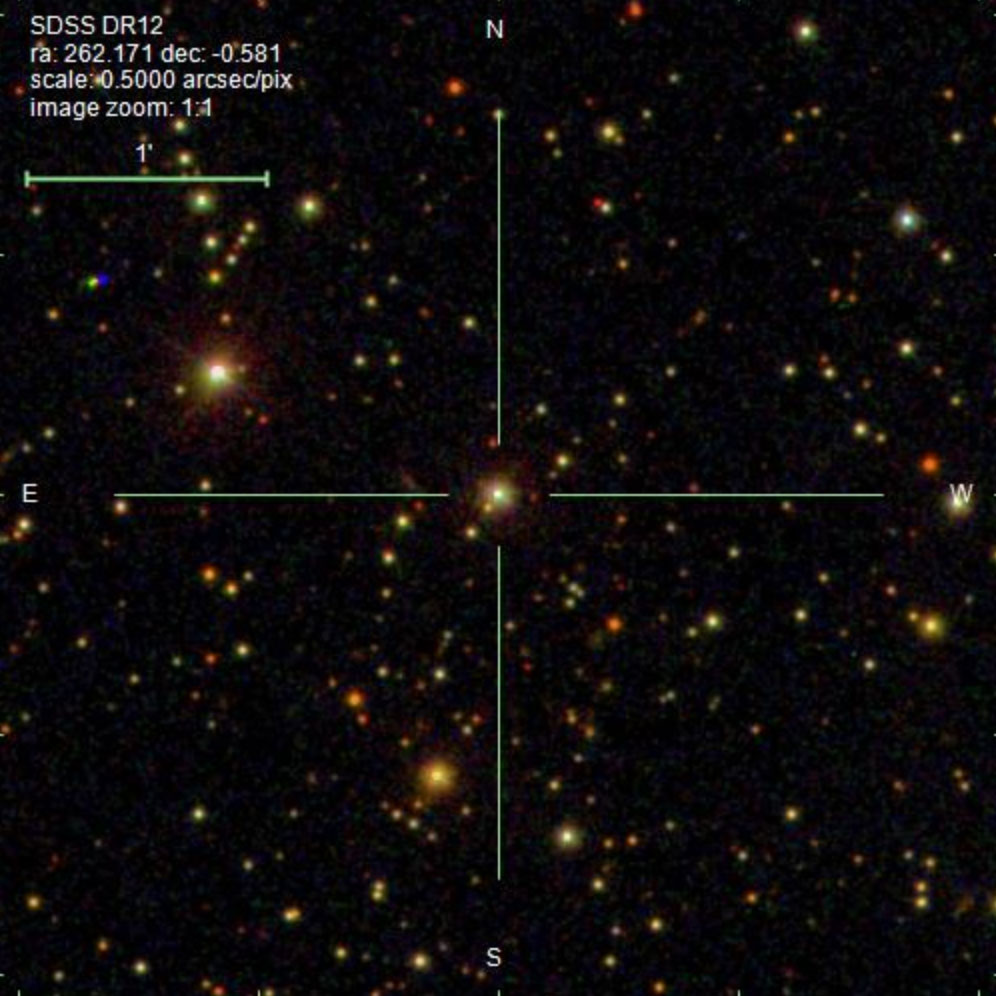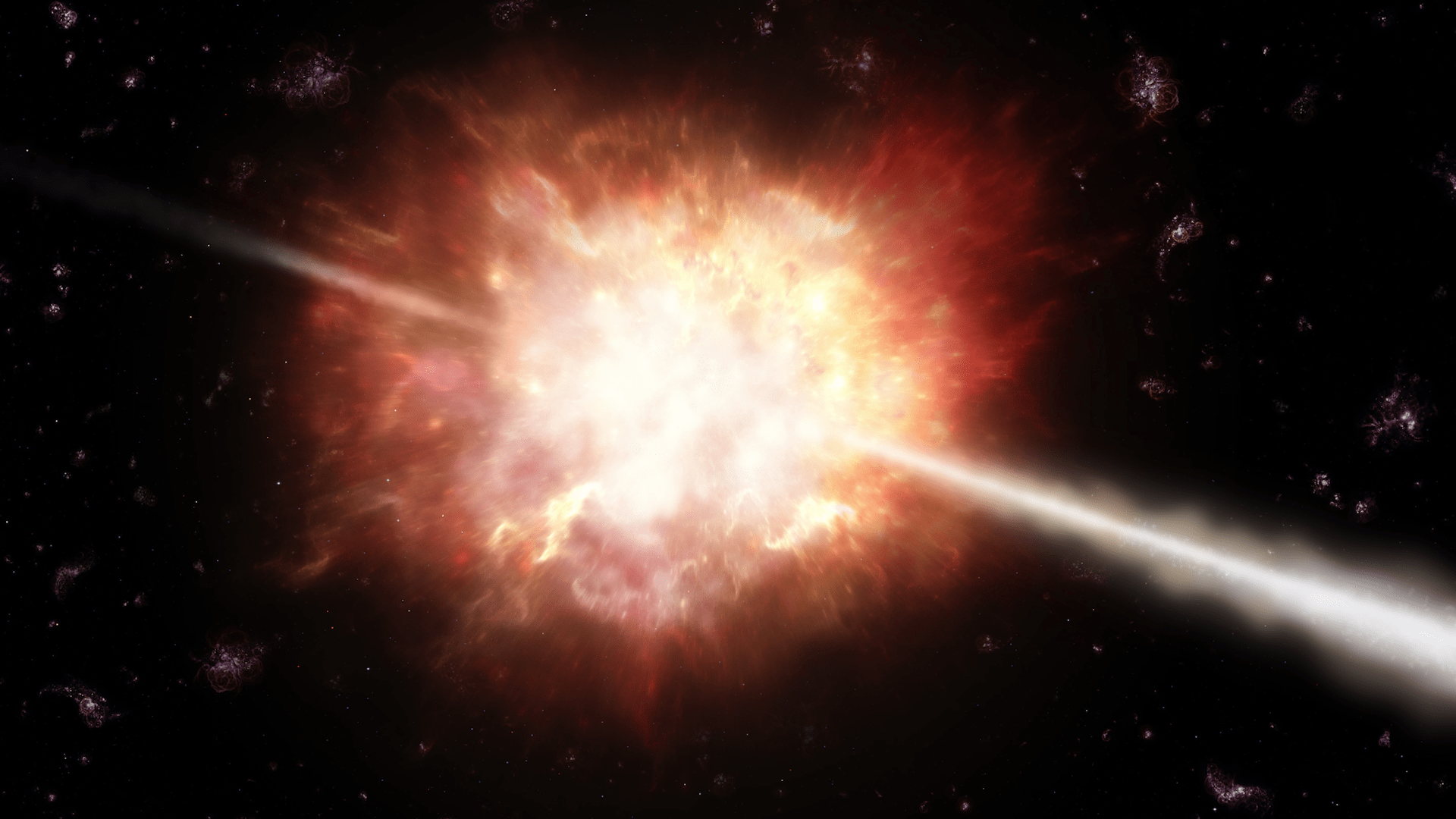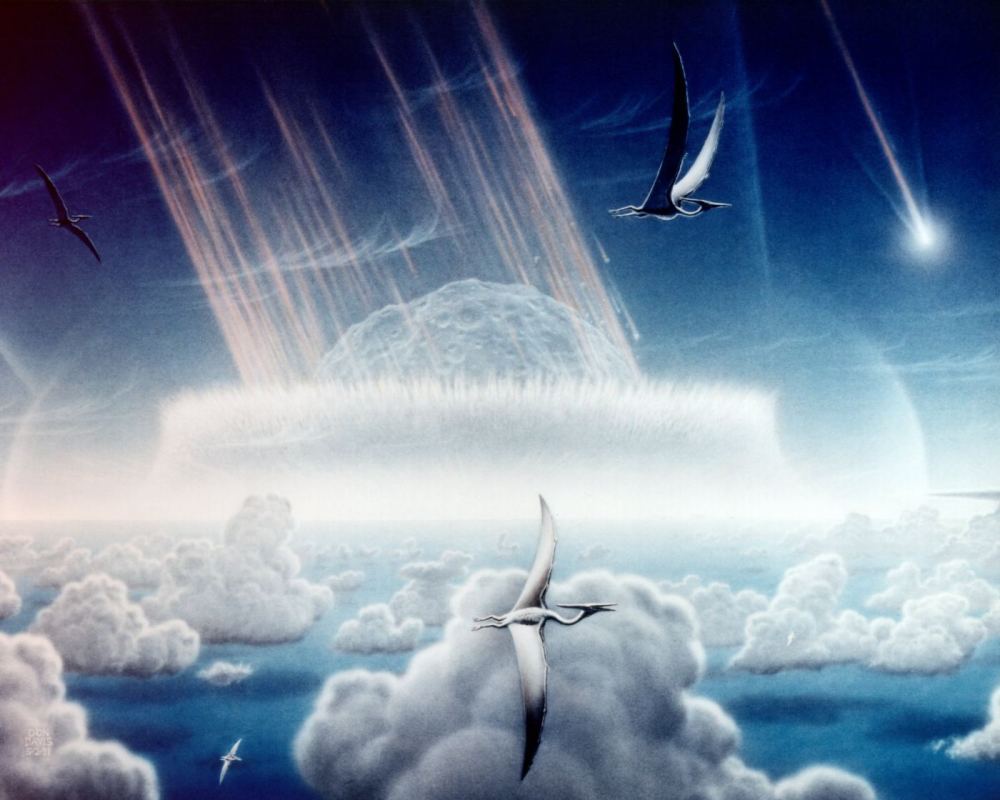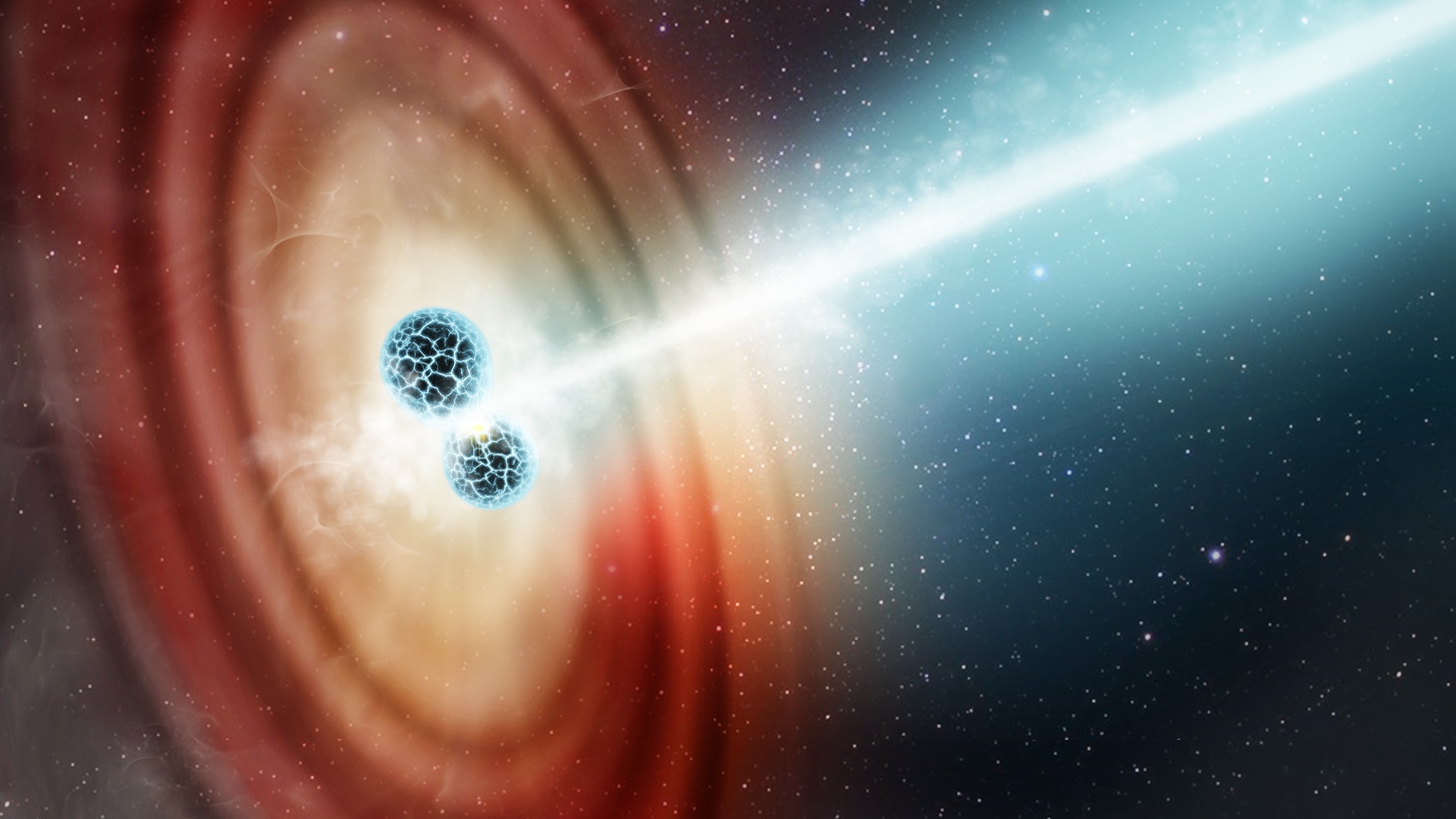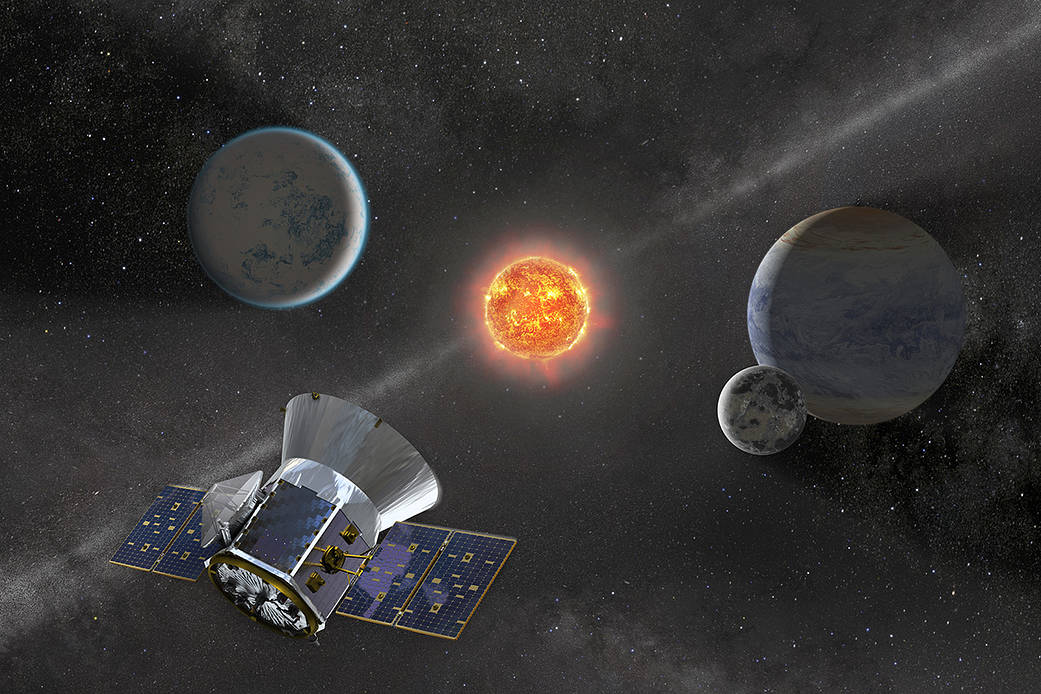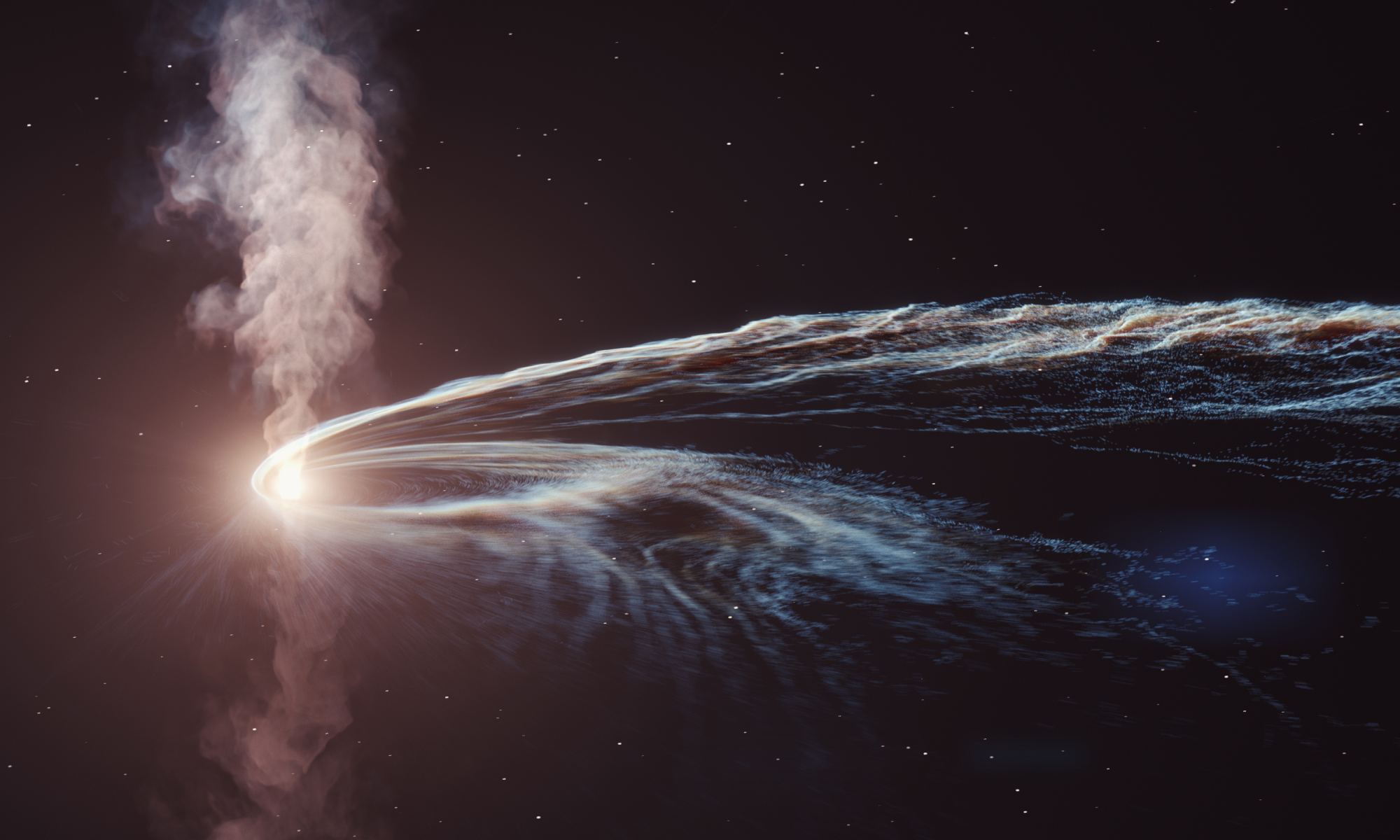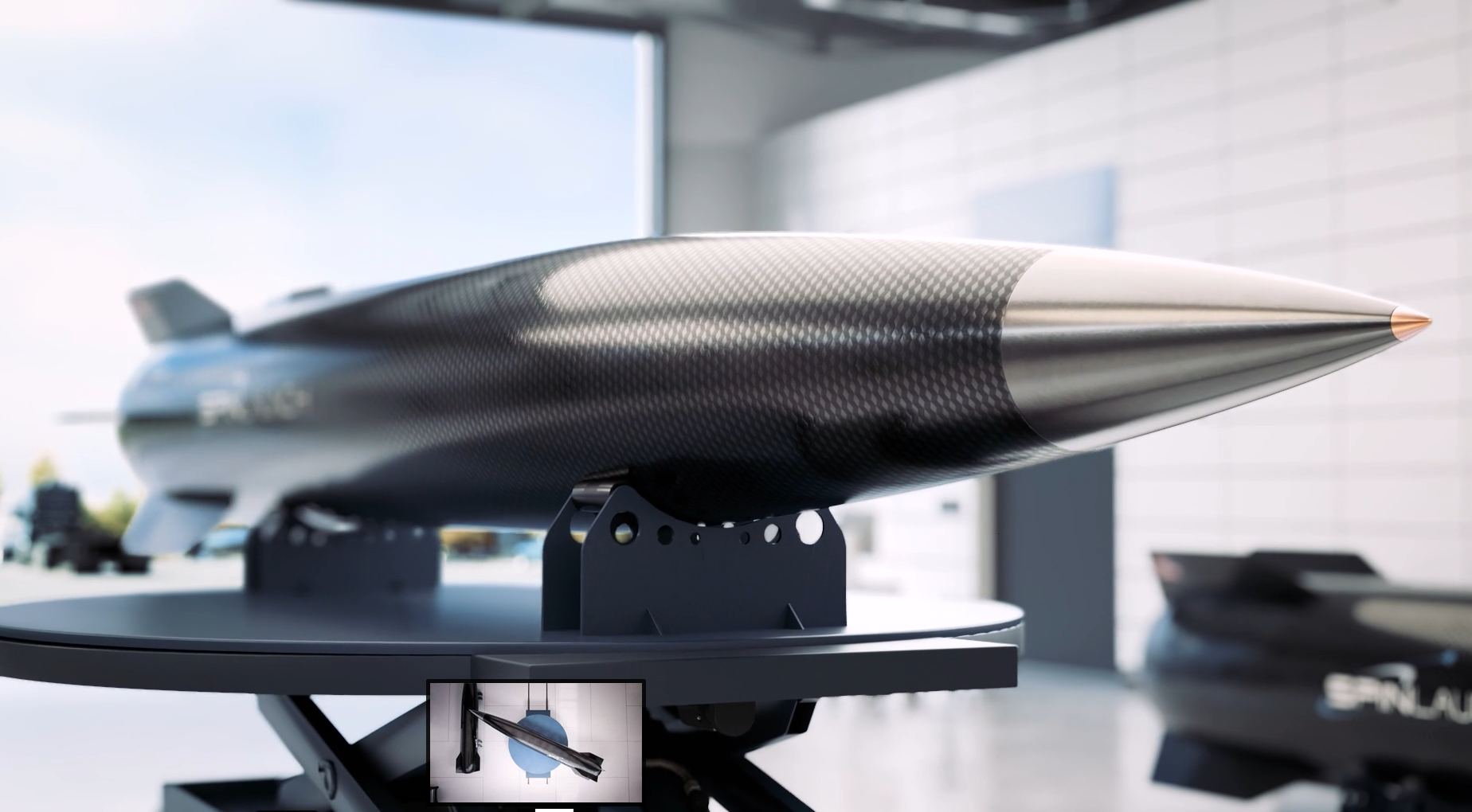Black holes are among the most awesome and mysterious objects in the known Universe. These gravitational behemoths form when massive stars undergo gravitational collapse at the end of their lifespans and shed their outer layers in a massive explosion (a supernova). Meanwhile, the stellar remnant becomes so dense that the curvature of spacetime becomes infinite in its vicinity and its gravity so intense that nothing (not even light) can escape its surface. This makes them impossible to observe using conventional optical telescopes that study objects in visible light.
As a result, astronomers typically search for black holes in non-visible wavelengths or by observing their effect on objects in their vicinity. After consulting the Gaia Data Release 3 (DR3), a team of astronomers led by the University of Alabama Huntsville (UAH) recently observed a black hole in our cosmic backyard. As they describe in their study, this monster black hole is roughly twelve times the mass of our Sun and located about 1,550 light-years from Earth. Because of its mass and relative proximity, this black hole presents opportunities for astrophysicists.
Continue reading “A Monster Black Hole has Been Found Right in our Backyard (Astronomically Speaking)”
